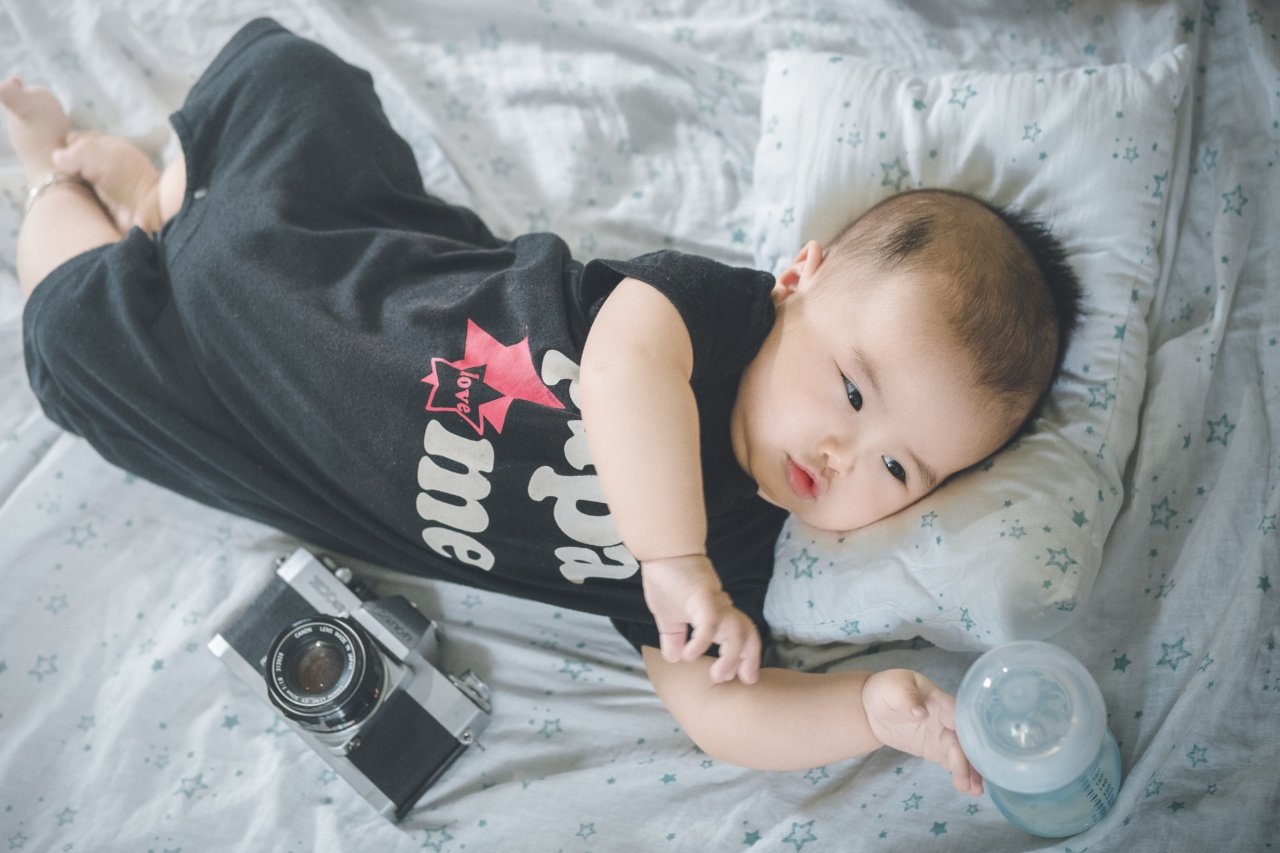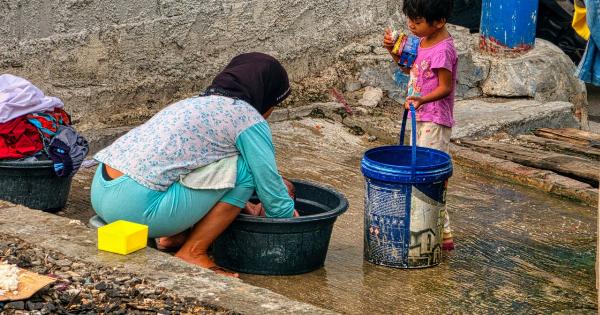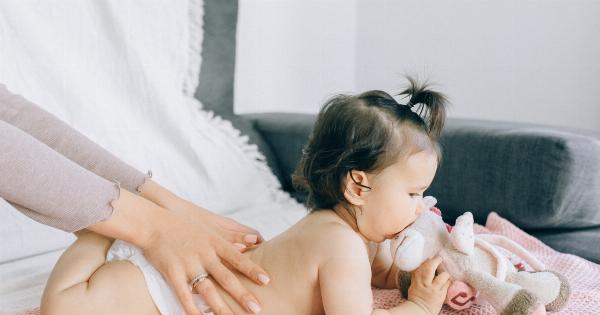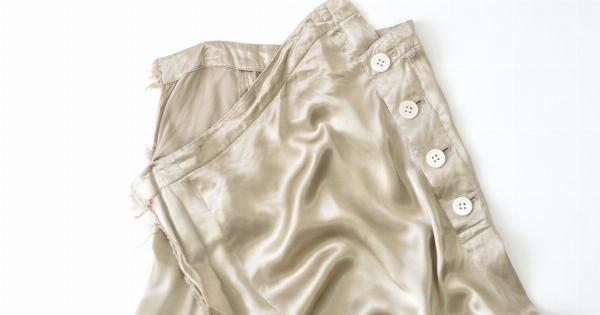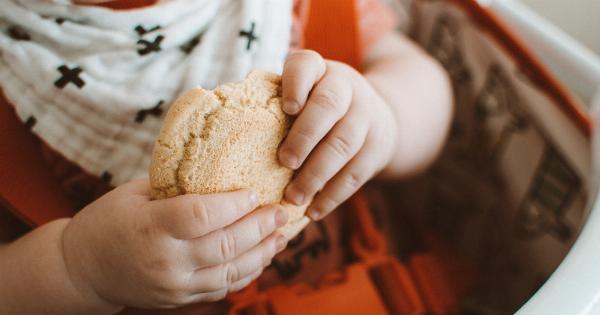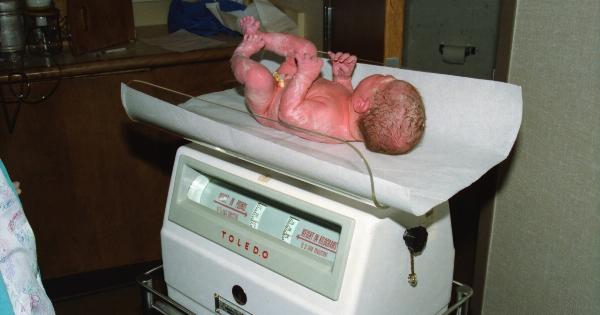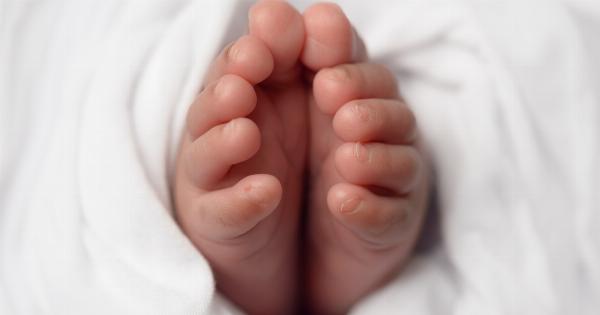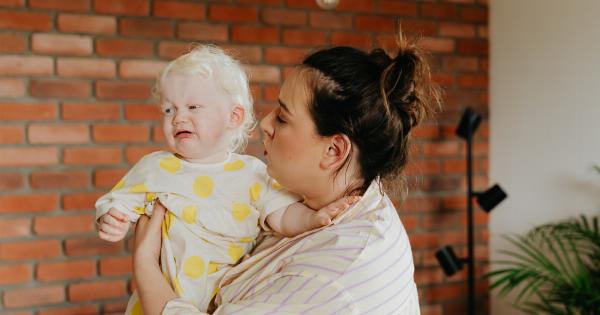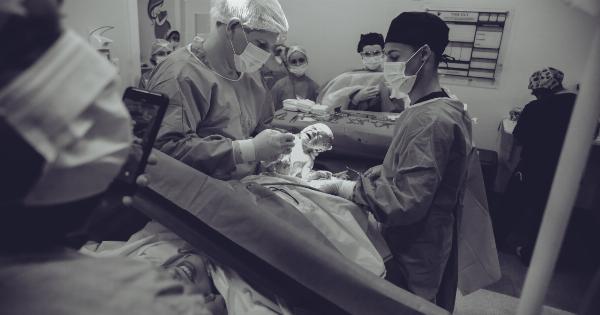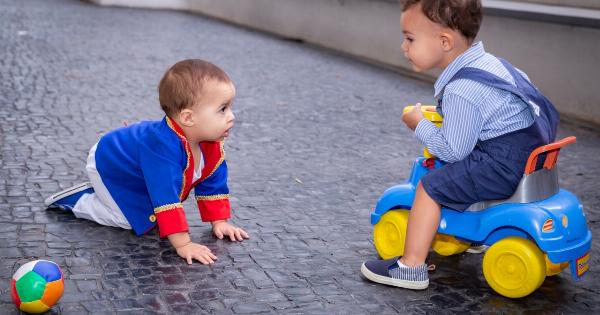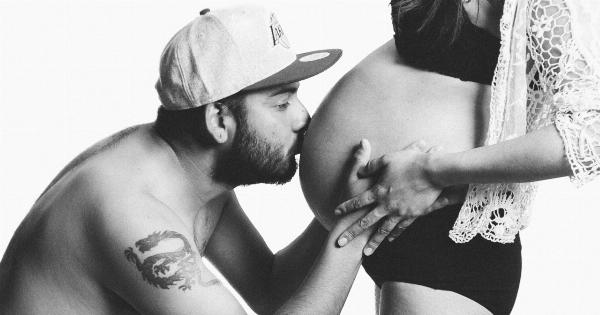As a parent, one of your primary concerns is the safety of your child. One aspect of safety that many parents overlook is the safety of their baby’s bottle.
There are many factors that can affect the safety of a bottle, from the materials used to make it to the way it is cleaned and stored. In this article, we will explore some of the key considerations to keep in mind when it comes to your baby’s bottle safety.
Materials Matter
One of the first things to consider when it comes to your baby’s bottle safety is what materials the bottle is made from. There are many different materials used to make baby bottles, including glass, plastic, and stainless steel.
Each material has its own pros and cons, so it is important to do your research to find the option that is best for your baby.
Glass bottles are a popular choice for many parents because they are easy to clean and are unlikely to leach harmful chemicals into your baby’s milk or formula.
However, they can be heavy and breakable, which can make them impractical for use on the go.
Plastic bottles are lightweight and durable, which makes them a popular choice for travel. However, some types of plastic, such as those containing bisphenol A (BPA), can leach harmful chemicals into your baby’s milk or formula.
When choosing a plastic bottle, be sure to check the label to ensure that it is BPA-free.
Stainless steel bottles are another option to consider. They are durable, lightweight, and easy to clean. Additionally, they are unlikely to leach harmful chemicals into your baby’s milk or formula.
However, they can be more expensive than other options.
Cleaning and Storage
Another important consideration when it comes to your baby’s bottle safety is how you clean and store the bottles. Proper cleaning and storage can help to prevent the growth of harmful bacteria, which can lead to illness.
To clean your baby’s bottles, start by rinsing them with hot water to remove any leftover milk or formula. Then, wash them in hot soapy water using a bottle brush. Be sure to clean all parts of the bottle, including the nipple and any rings or caps.
After washing, rinse the bottle and let it air dry, or dry it with a clean towel.
In addition to proper cleaning, it is also important to store your baby’s bottles in a clean, dry place. If you are storing them for an extended period of time, be sure to sterilize them first to kill any lingering bacteria.
Size and Shape
The size and shape of your baby’s bottle can also affect its safety. Bottles that are too small or narrow can be difficult to clean properly, which can lead to the growth of harmful bacteria.
On the other hand, bottles that are too large or wide may not be comfortable for your baby to hold and can be difficult to store or transport.
When choosing a bottle size and shape, consider your baby’s needs and preferences. For example, if your baby has a strong sucking reflex, he may prefer a wider nipple.
Likewise, if you plan to travel frequently with your baby, a more compact bottle may be a better option.
Sippy Cups, Straw Cups, and More
As your baby grows, you may want to transition him from a bottle to a sippy cup, straw cup, or other type of drinking vessel.
Like bottles, these other options come in a variety of materials, shapes, and sizes, and it is important to choose the option that best meets your baby’s needs and preferences.
Sippy cups are generally the first option parents try when transitioning from a bottle. They feature a spout or drinking hole and are designed to be easy for babies to hold. Straw cups, on the other hand, feature a straw that your baby can sip through.
Both options can be made from materials like plastic, stainless steel, or glass.
Conclusion
Choosing the right bottle, cleaning and storing it properly, and transitioning your baby to other drinking vessels as he grows are all important considerations when it comes to your baby’s bottle safety.
By taking the time to research your options and follow best practices for cleaning and storage, you can help to ensure that your baby stays safe and healthy.
